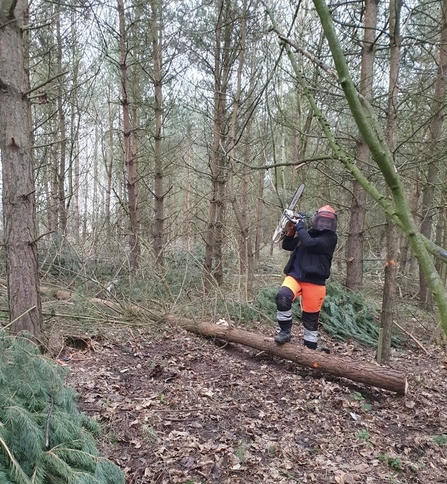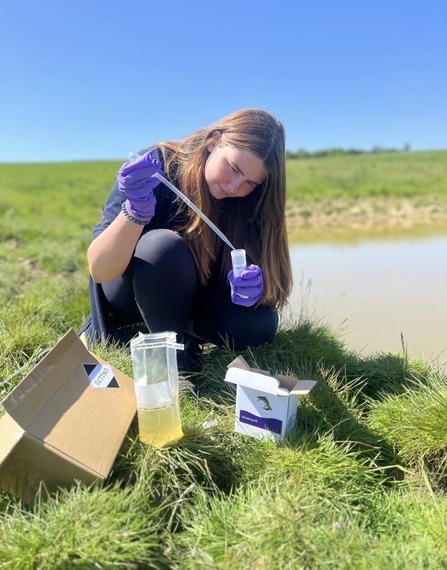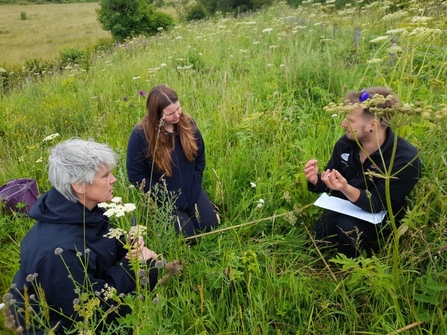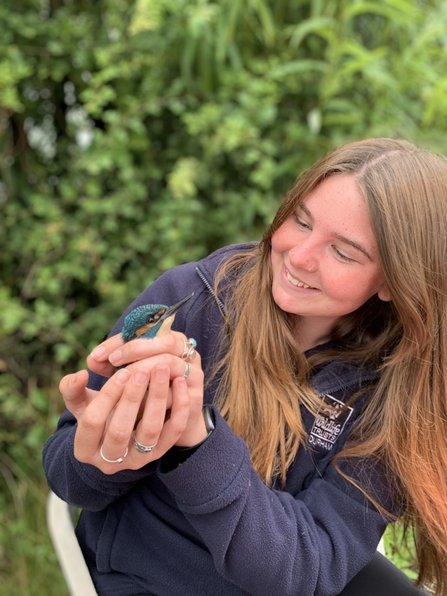When I take a look at my work calendar and see that my Wednesday will consist of a walk around a nature reserve with one of our wonderful Reserve Rangers, followed by a training session on harvest mice surveying, and finishing with a staff meeting where my colleagues will tell me of all the excellent work they have been doing with their varied and exciting projects, it is hard not to think I’ve really landed on my feet. What a contrast to just over 12 months ago, where I was living for the weekend in a job I had lost all passion for. You might not believe in fate, but you’ll have a hard time convincing me that the advert for a traineeship at Durham Wildlife Trust appearing on my Facebook feed hours after I quit my first job was not meant to be.
I was offered the Volunteer Conservation Traineeship in December 2022, to begin at the start of January 2023. As I expect all career-changers may feel as they enter a new professional sector, I couldn’t help but be a little nervous. This would be my first experience of working outdoors every day, my first real experience working with tools, and most importantly my first insight into how real conservation work is carried out on real habitats in the UK. Whilst I had all this knowledge of conservation theory from my time studying biology at University, what good was it if I didn’t know how to put it into practise?
Wanting to show my new colleagues that they made a good decision in giving me this opportunity – I had to decide how I wanted to play this; should I be completely honest about my lack of experience and ask for help with tool use from the start? Or should I feign confidence and just get stuck in? I opted for the second route, but could hardly be surprised when my cover was quickly blown after being humbled by a bowsaw on my first task at Milkwellburn Woods. Who knew there was a correct technique for something so simple as sawing a branch in half? Seeing me struggle with this task, a couple of volunteers came over to give me some helpful tips and introduce themselves. I took this as a sign to not be embarrassed by my inexperience but instead embrace the fact this only meant I had more to learn; after all, what’s the point in a traineeship if you know everything already?






